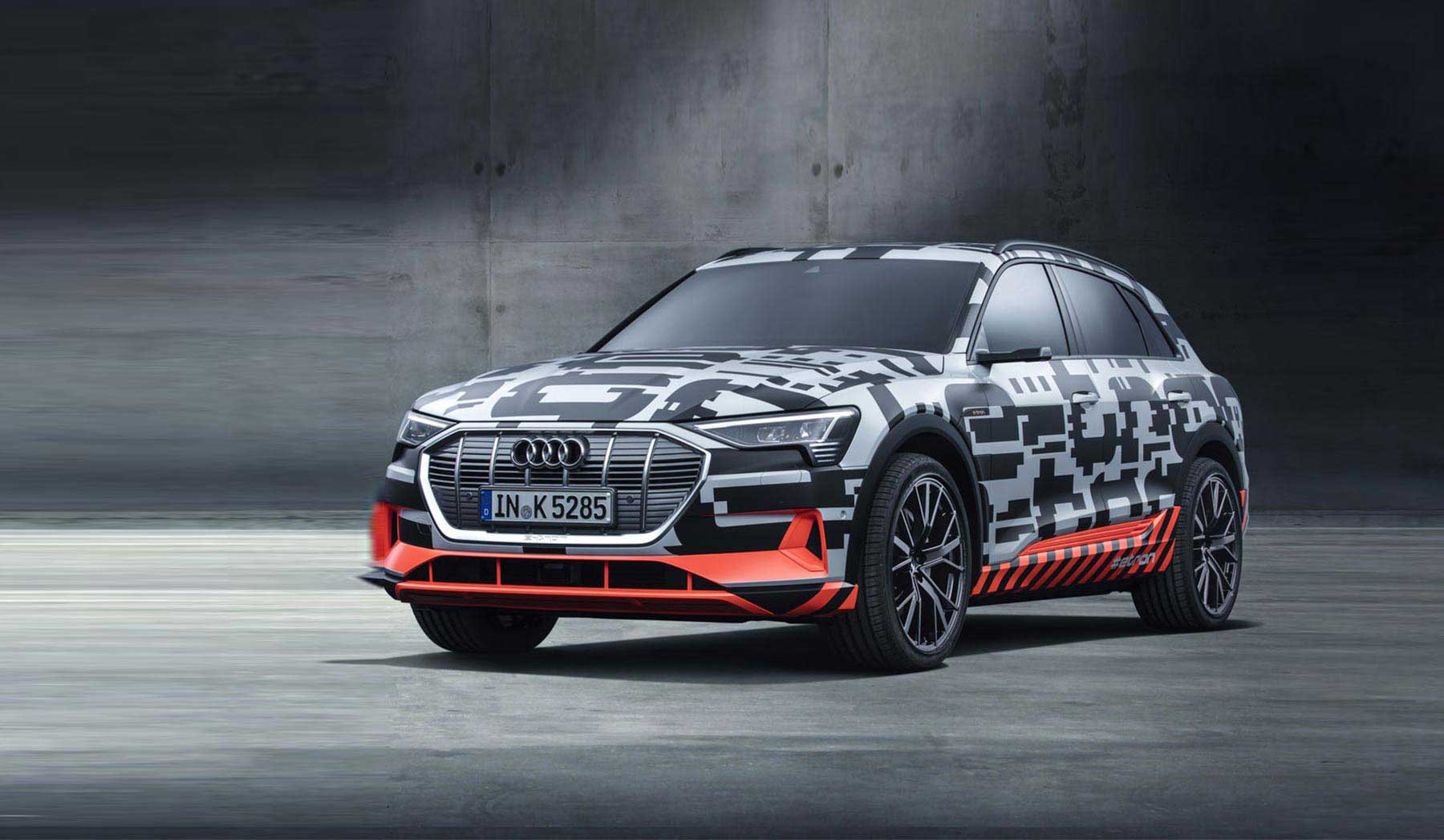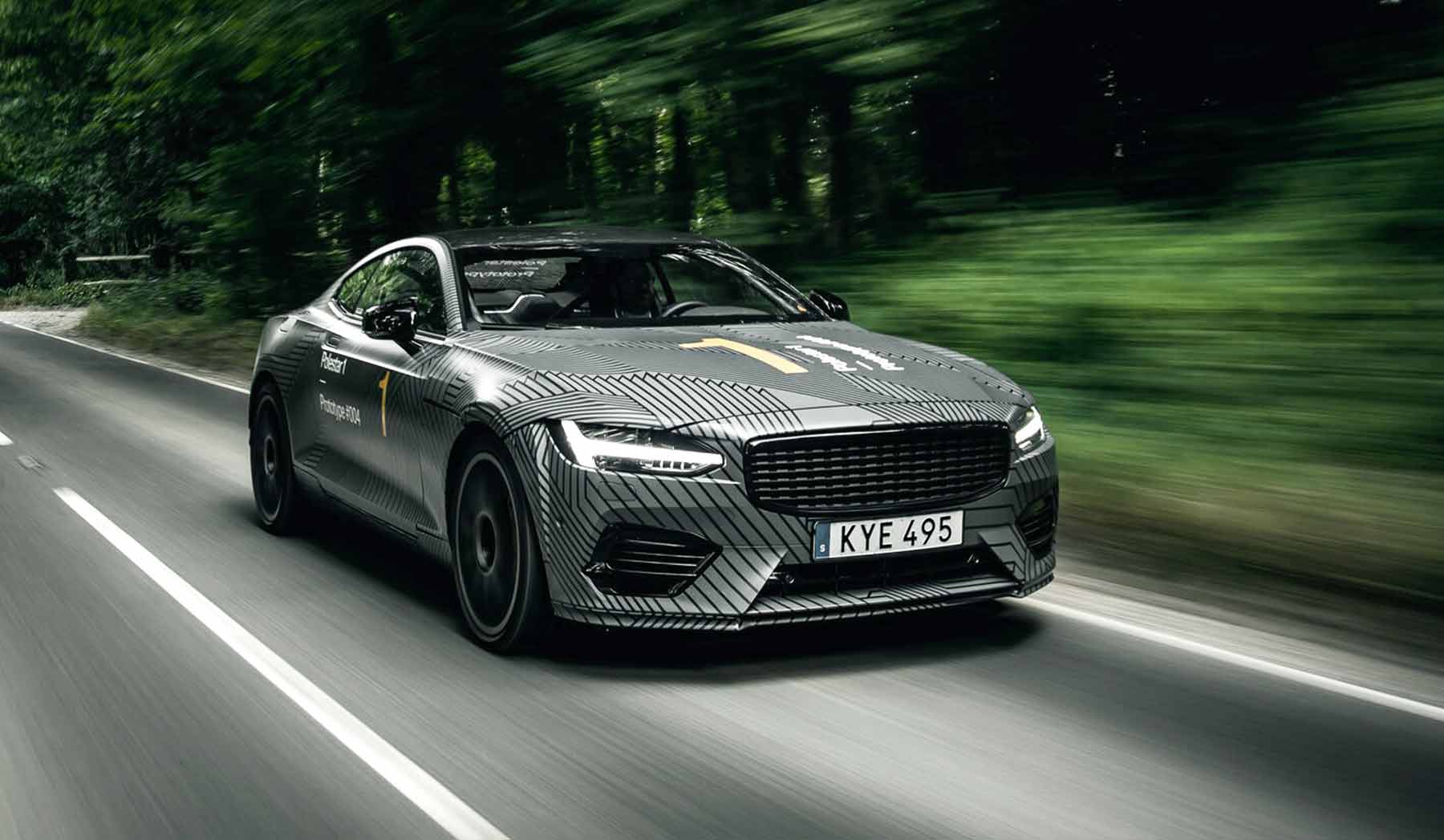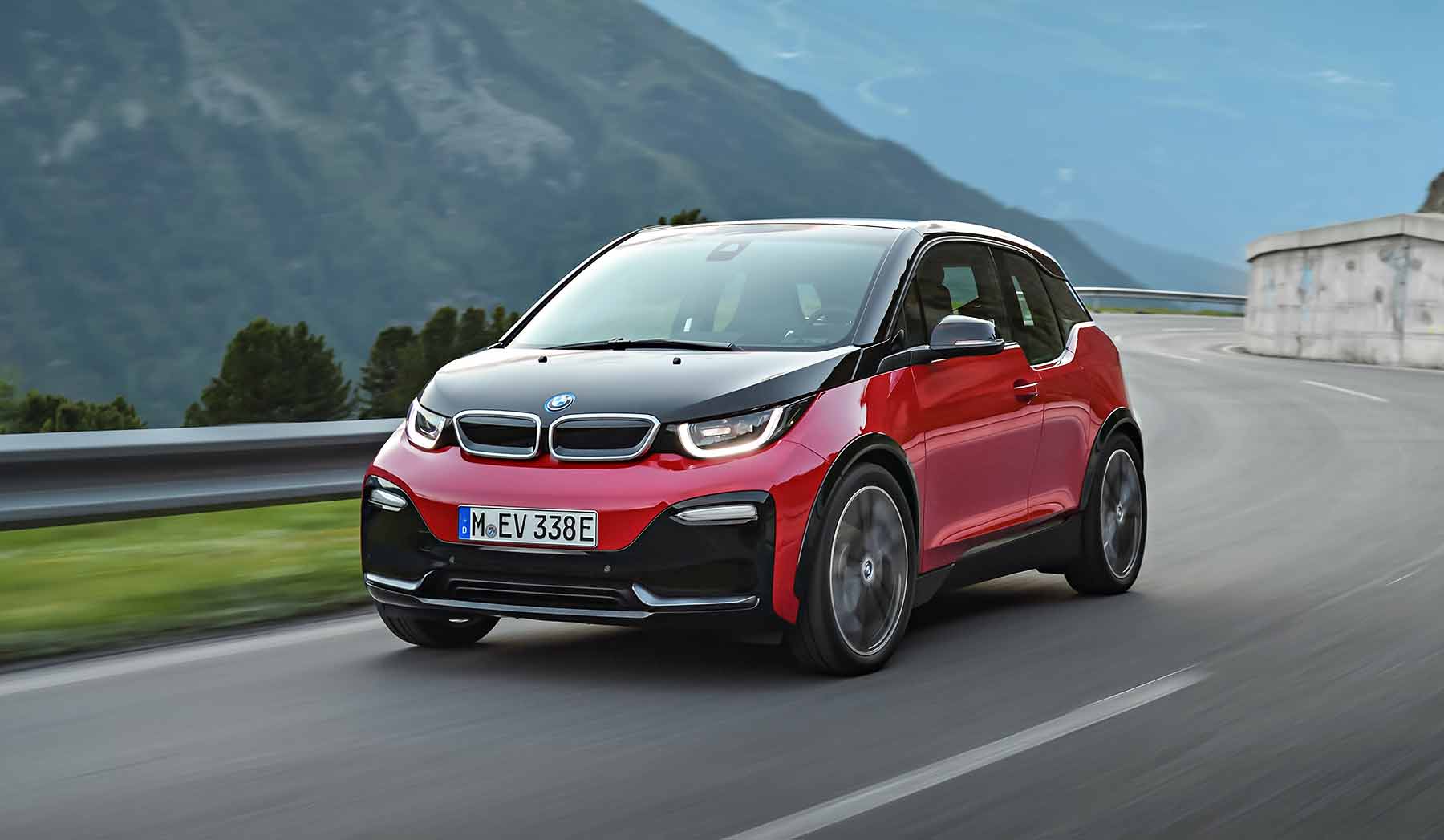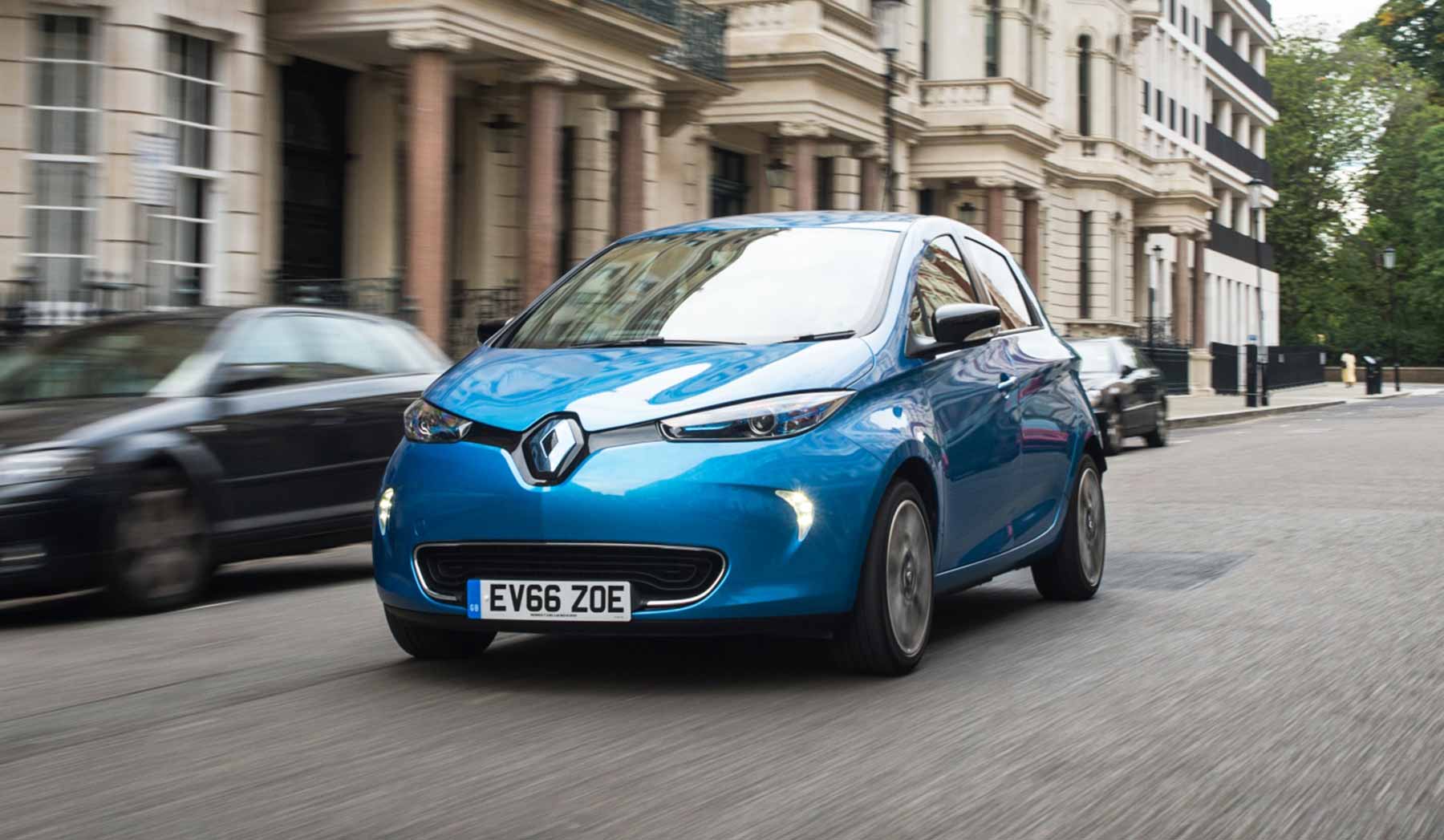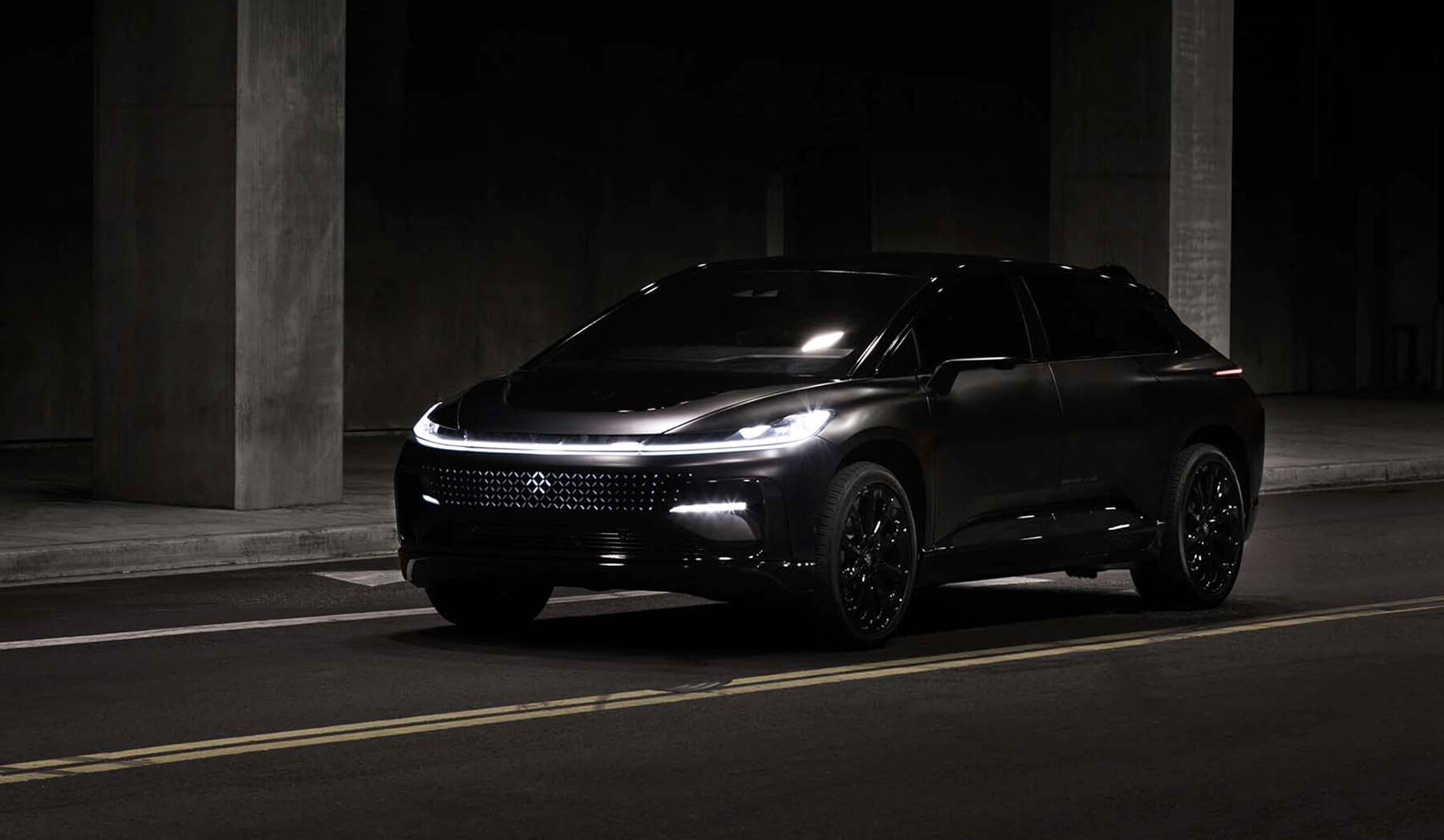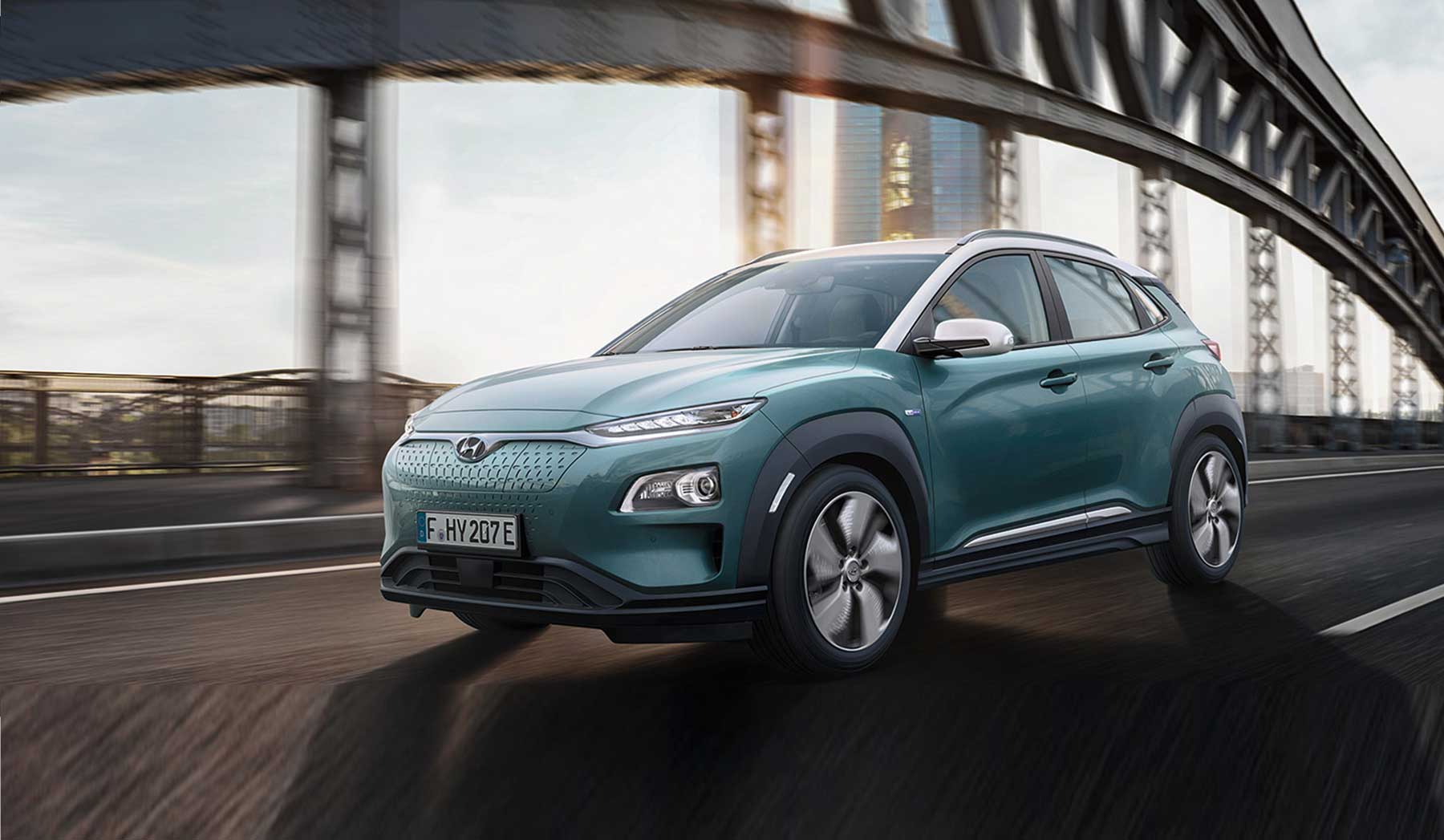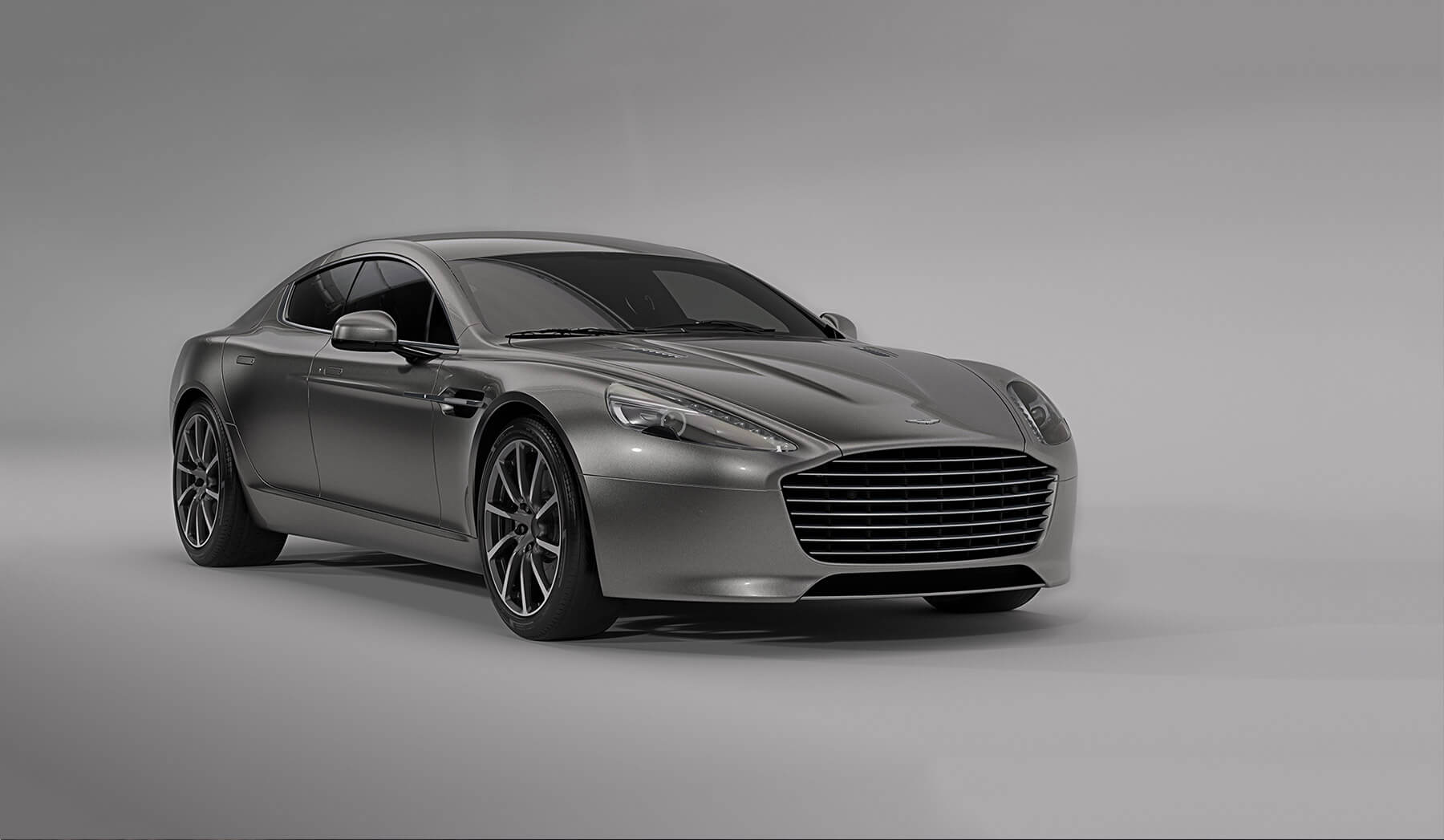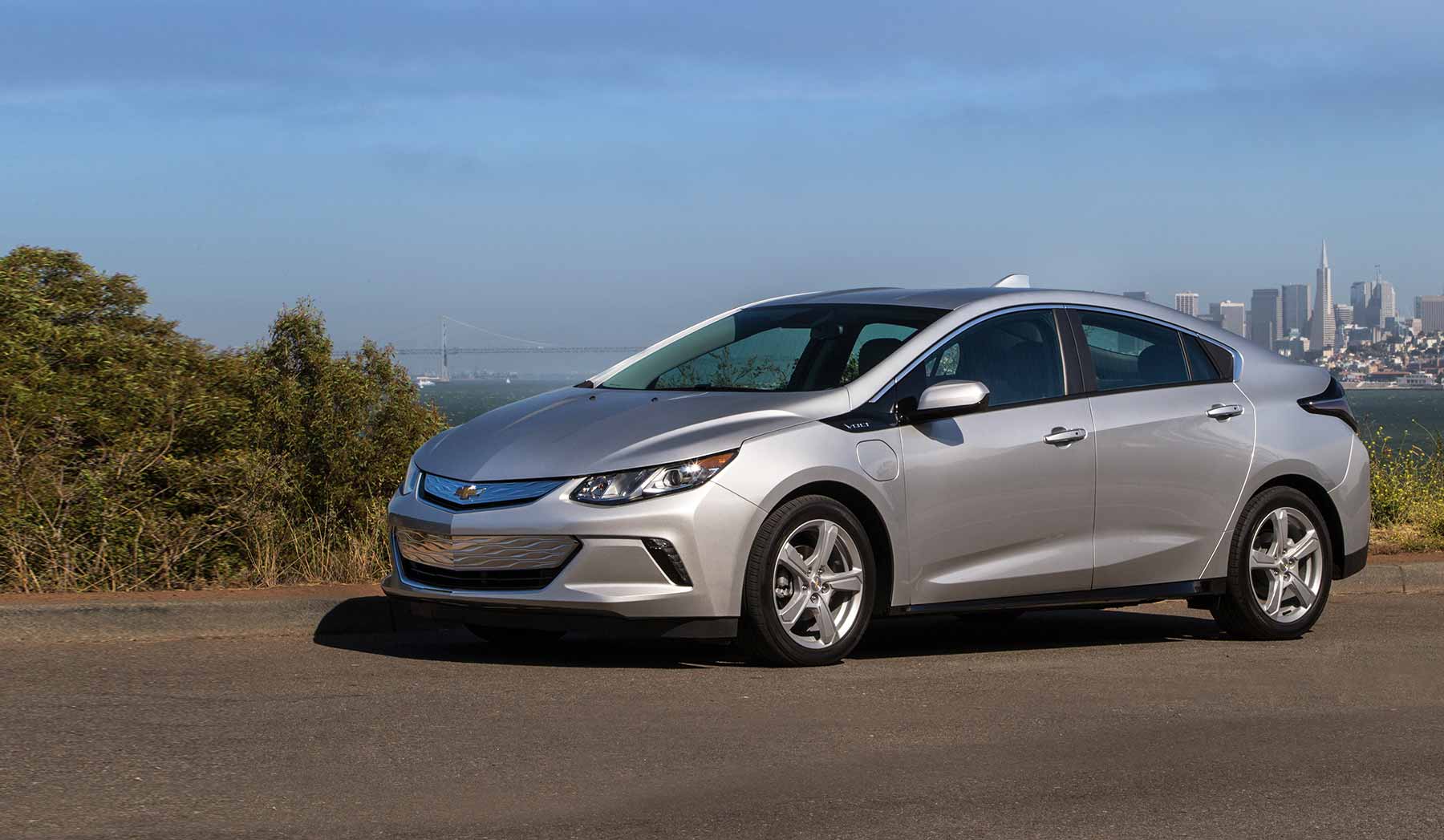For well over a century, the internal combustion engine (ICE) has powered movement all over the world. All that is set to change, as evolving public attitudes about climate change and clean energy—and the resulting pressure from governments on car manufacturers—catapult the electric-powered motor towards automotive domination.
Hyperbole? Hardly. Sales of battery electric vehicles (BEVs) and plug-in hybrid electric vehicles (PHEVs) grew by more than 50% in the USA from Q1 2017 to Q1 2018. Europe saw growth of more than 90% year-over-year in the same period.
Electric vehicles (EVs) are not a new development, but it took Nissan's Leaf, and then Tesla's Model S, to show us that electric cars can achieve wide acceptance. With concerns about the levels of toxic nitrogen dioxide (NO2) in cities and the mass movement of people from rural to urban areas set to continue, the number of those looking for cleaner and more efficient vehicles will also keep ticking upwards.

